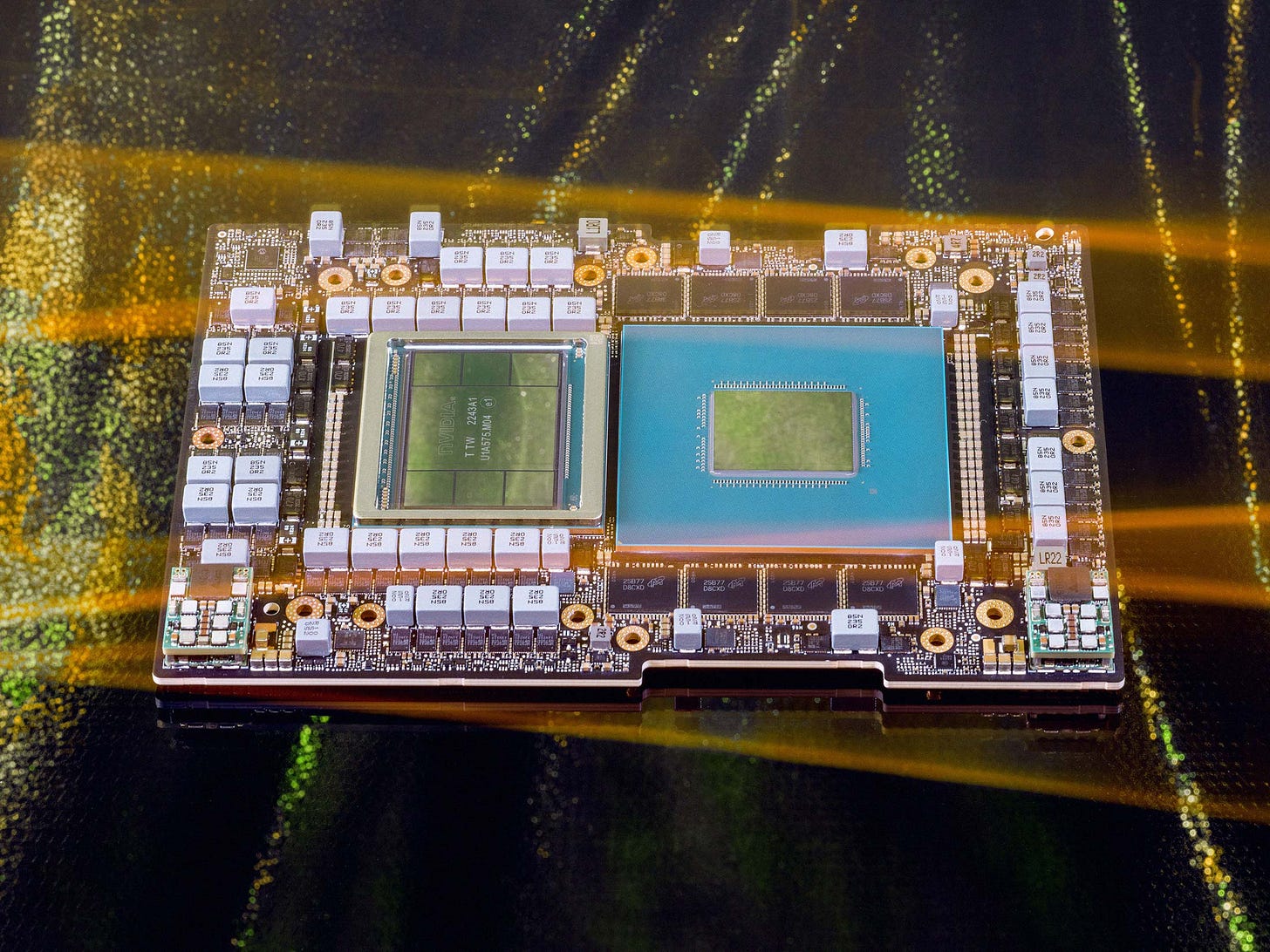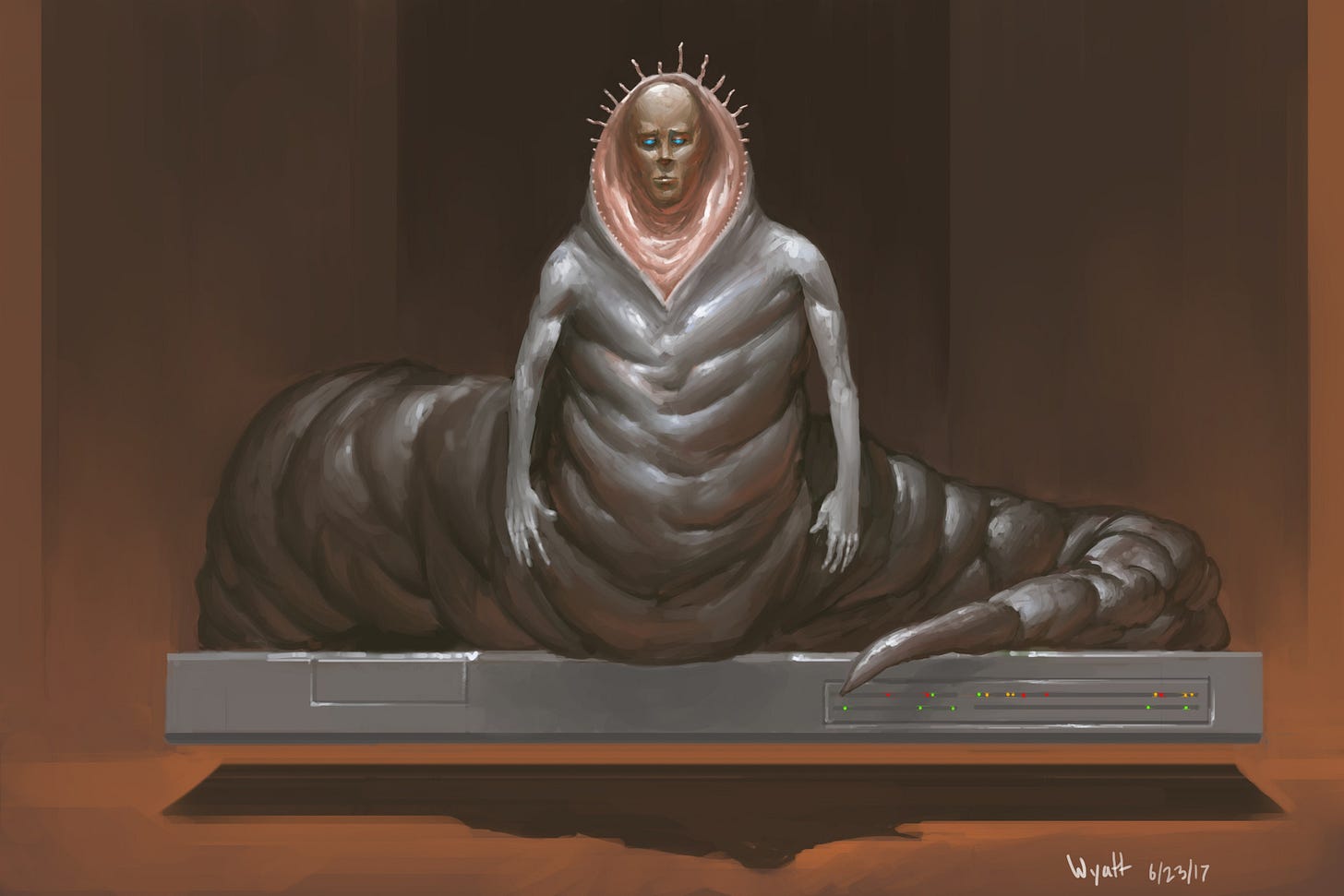I find the concepts within AI beautiful, perhaps because of how much of it seems rooted in psychological principles that we are trying to restructure. And in an attempt to manually configure this ourselves, we get to peak behind the curtain of ourselves in a way we haven’t before.
One of the most persistent questions that I enjoy reading about in research papers, as well as discussing across product builders, is on improving memory.
Memory, I have come to believe, is the basis of identity.
It’s why diseases like Alzheimer’s is so destructive. With the shattering of memory comes the collapse of the self.
It’s why lying is a universal sin. It is the breaking of what memory promises us ~ stability of past narrative.
It’s what all relationships are identifiable through. It is the structure that we rely on for interaction with one another, the lack of memory is the definition of a stranger.
AI has emerged as a collaborative memory. And to some publisher’s dismay — takes the previous 30 years of internet production collapsed into one point, one brain, one prompt line.
And while the model works over this memory to generate newness, we’ve doubled down on the importance of memory within this interface. Previously, we would have brushed the interface style as just “chat history” → but I believe this isn’t seeing it for what it really is. Our extended memory.
THE TWO SIDES OF A COIN MAKE THE WHOLE COIN
“Before I formed you in the womb, I knew you…” — Jeremiah 1:5
I always found this Bible verse to be incredible. Before you had the capacity of memory, God had his memory and plan for you. There is nothing more powerful than that. It is the side of the coin that exists to remind you of the current side of the coin you are on. And in death, the promise of salvation is actually the promise of return to that other side. One that is in company with God.
As I’ve written about plenty, Christianity serves as a perfect reminder of medium-and-message. The cross stands as a zero-energy-loss example of this concept. And the effect is transformation from a sinner to one that has accepted salvation, and thus eternal life.
What’s incredible about this verse is that it shows the pre-transformation love that God already has for you. That His memory which spans beyond our perception was already in action. It is the basis of the transformation that is yet to happen, and will become the core of the “born-again”.
As for you, you were dead in your transgressions and sins, in which you used to live when you followed the ways of this world and of the ruler of the kingdom of the air, the spirit who is now at work in those who are disobedient. – Ephesians 2:1-2 (NIV)
There is/was the “you” that even you weren’t aware of. Then there is the you “pre-salvation” out in the world, lost. And God willing there is the you “post-salvation” out in the world, found. The pre and post-salvation identity need each other. How else can you value your new self, without the reference of your previously trapped in your sin self.
That known memory of the old self as encouragement for the new self is an abstraction that goes far beyond religion. The post-process alcoholic remembers who they were before AA, before the steps. The newly fit remembers their weight before. The on-stage comedian remembers their bullied childhood.
We are currently in makings of tools for a new type of new self.
Any memory device, is fundamentally an identity device. To be in the business of memory transformation, augmentation, extension, even simply storage — is to be in the business of identity.
SOCIAL MEDIA ~ DOMINANT DIGITAL IDENTITY AND EARLY EXTENDED MEMORY
I’ve spent a good chunk of time attempting to design different types of consumer apps… and the profile is always specifically challenging. There’s something in knowing this is how I (the user) will see myself in this product that is both daunting and makes you rethink the entirety of the app. It’s legitimately terrifying to know that the core of Facebook at launch was ALL profile. That’s all there was… and with its nucleus secured, we saw many new social paradigms cemented.
One of these being your profile as your history. Your history being whatever you may have added to the network in a fleeting moment of algorithmic bliss, held reverse-chronologically as part of your identity structure on the service. Social media profiles are all low level networked memory devices / mechanics. Each with their own specialization and rituals for interaction that guide the larger network purpose. Professional reputation on LinkedIn. Commentary on Twitter. Etc.
Even Snapchat, it’s grounding in ephemerality, leans into memory in key ways. Most famously with “streaks” ~ your history of prolonged interaction with key friends. Even if that memory is predominantly invisible, the numerical fact that 100 days of previous ephemeral memories exists is enough that you don’t want to lose it.
Outside of Snap, these platforms serve as early forms of our extended memory. Opening Twitter, searching your own profile for something you said months ago. Looking for archived posts you liked on Instagram from some niche aesthetic account so you can reference it. Memory probe → discover → reference → action.
This is an early and crude version of what is coming and will be more legible, more actionable, more fluid.
HARD-MEMORY, SOFT-MEMORY
As I’ve written for years and recently spoke on formally, we are just beginning the age of NEW HARDWARE. Fueled by new types of software, yes, but also in search of new HCI paradigms that will breed new software cultures.
Rabbit R1. Humane. Tab. USB Club. Bedrock Computer. Stealth Friends (2x). And many more.
All of these teams have emergent views on memory, recall, and subsequent actions. All towards different intended outcomes / behaviors, and that’s what breeds the diversity of what we are seeing.
Tab, of Twitter fame, has a very direct proposition: trust us to listen, we’ll deliver the value of recall. As long as that loop remains true from the user’s standpoint, Tab remains on their person, and they earn the opportunity to sell the next better version.
Humane and Rabbit take a - activate us with a touch, otherwise we aren’t there - approach. One primary problem here being, most times most people can’t articulate what they’re trying to do.
Looking at this new batch of hardware’s relationship with it’s either on-device software or paired app is absolutely fascinating.
Humane AI Pin - all in one device
Rabbit R1 - hardware input (walkie talkie + camera + touch screen) with paired web portal to tie your services to device (unclear if it pairs to your phone while on the go)
Tab - hardware input (always on ingestion) with paired iPhone app
USB Club - hardware storage + software Console for hardware enabled network (file swapping from both mobile and desktop)
In the case of Rabbit pairing to an app on device, it brings up hard questions on whether their interaction set will actually map to the device meant to capture the behavior. Where at least Humane is truly independent and stands alone in its functionality.
Tab takes the most direct path on memory as the product. To achieve this it posses a the very direct trade with its ingestion engine of always on microphone. However, that proposition promises the complete usefulness of the hardware itself. Take the trade, get the full use. The only new behavior is putting it on. From there it shifts to the SOFT-MEMORY of the companion app.
What new/other tradeoffs will be required of us to reach the promise of new compute value?
PERPETUAL TRANSFORMATION… AND TO WHAT END
The reason I write about technology, is to provide a trail of my thoughts as we work through what it means to be molded by the tools we seek to mold.
We are absolutely massaged over by technology. And the internet, what has taken over more of our perceived reality than the truly experienced physical embodiment of city-scape around us, has been an absolute jackhammer of a masseuse.
Why is it important to think so much about what it means to interact with technology? It’s just an app. It’s just a phone. It’s just a feed of videos for when I want to relax. It’s just a new device, it’s a toy.
There is absolutely no inevitability as long as there is a willingness to contemplate what is happening. — Marshall McLuhan
There’s a McLuhan concept around new technology abilities being akin to a type of amputation. Where we shed part of our own ability to hold it within an object meant to expand the value of said ability further.
What then of more and more products built around extending / augmenting our memory? What might we be willing to amputate for this value? Where do new phantom pains emerge?
THE PREDATOR’S GOLDEN PATH
I recently finished God Emperor Dune, the 4th book in the original 6 book series. Spoilers here make the final section of points for this piece… sorry.
Leto Atreides II, son of Paul Muad'dib Atreides (the Kwisatz Haderach), has been Emperor for nearly four thousand years. Being Paul’s son, Leto II was pre-born prescient. Inheriting the vast consciousnesses and memories of the entire bloodline.
Leto II navigates this vast memory bank while also becoming mostly worm to ensure humanity’s future existence, what he calls the Golden Path. Leto II refers to himself as a predator. Attacking humanity, so that it may shed it’s weaker traits and evolve into a new type of humanity that ensures it’s survival long into the future.
Throughout the Dune series we see that prescience does not exist in a single direction, but relies heavily on the memory banks of the past. This relationship with past and future is impossible to miss.
All future actions are pre-written from a shared past.
It’s like when you’re finally old enough to realize that you are indeed your parent’s child. Now extend that over thousands of years. Recognize there is nothing new under the sun.
Perhaps AI is our predator. Perhaps there are some things we need to shed as a species to enter this next phase of our humanity. Maybe we haven’t valued our own memory enough, and we’ve designed something that will prey on it for the next 50 years… and maybe that’s good.
NOTES THAT DIDN’T MAKE THE PIECE
What we can recall, is what we can project → what we can project, is what others can consume us as
Blockchains as public memory storage. Transact to add memory is the true physics of Ethereum.
Public Access Memory — the fight for decentralization, opensource, power. If intelligence is interwoven with memory… then to the victor goes the writing ability… this is going to be an insane fight
Lore is just narrative memory so we can pick up where the synthesis has left off
Process is memory, that reduces friction for transformation of the object of said process.
Evolution as biological memory progression
I don’t do edits really, so excuse typos and things that don’t make sense.
Thanks so much for giving me your attention. I hope it was worth it, if not… unsubscribing will not hurt my feelings, and will give you back time you literally cannot have back.
Much love.
Live in the light








